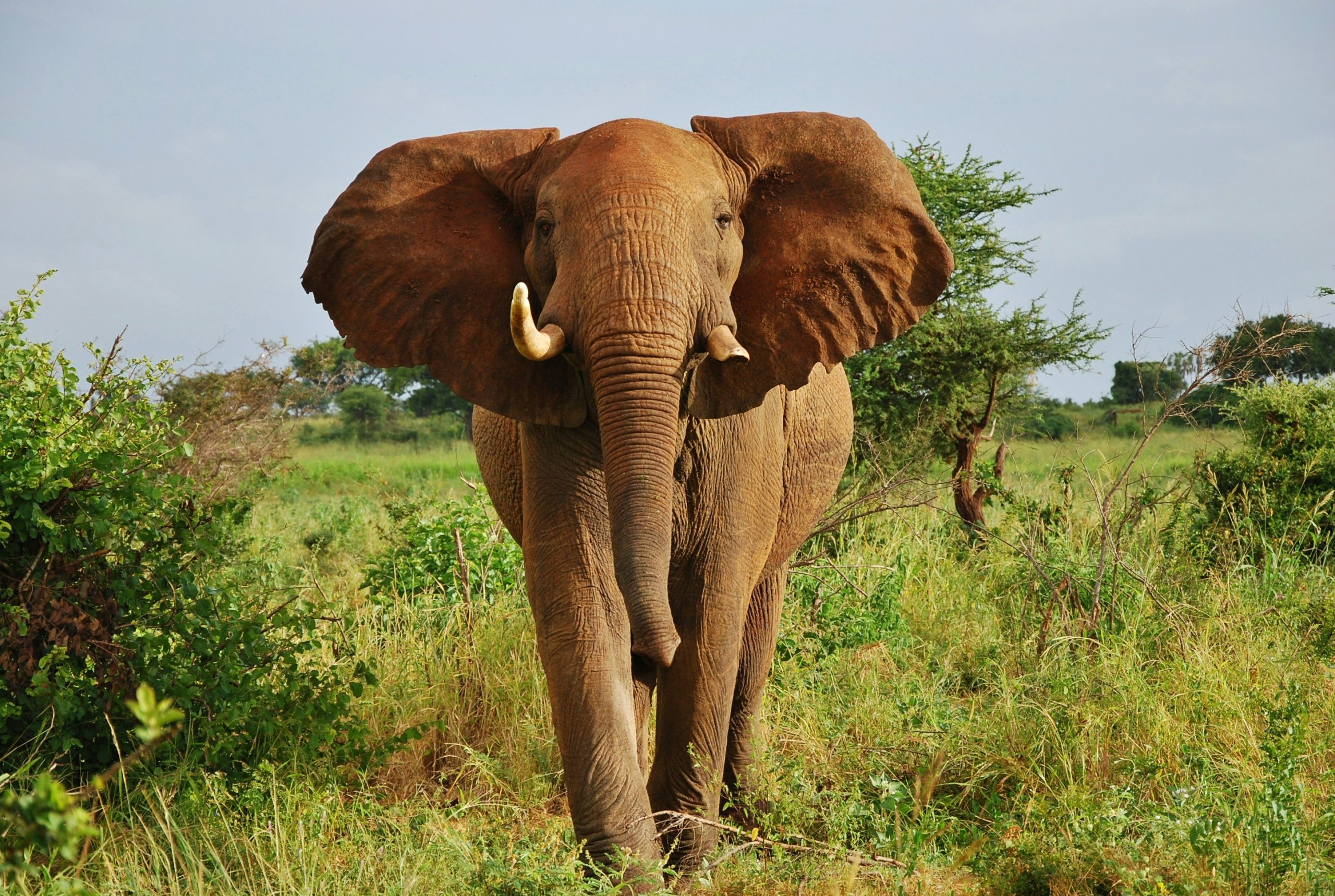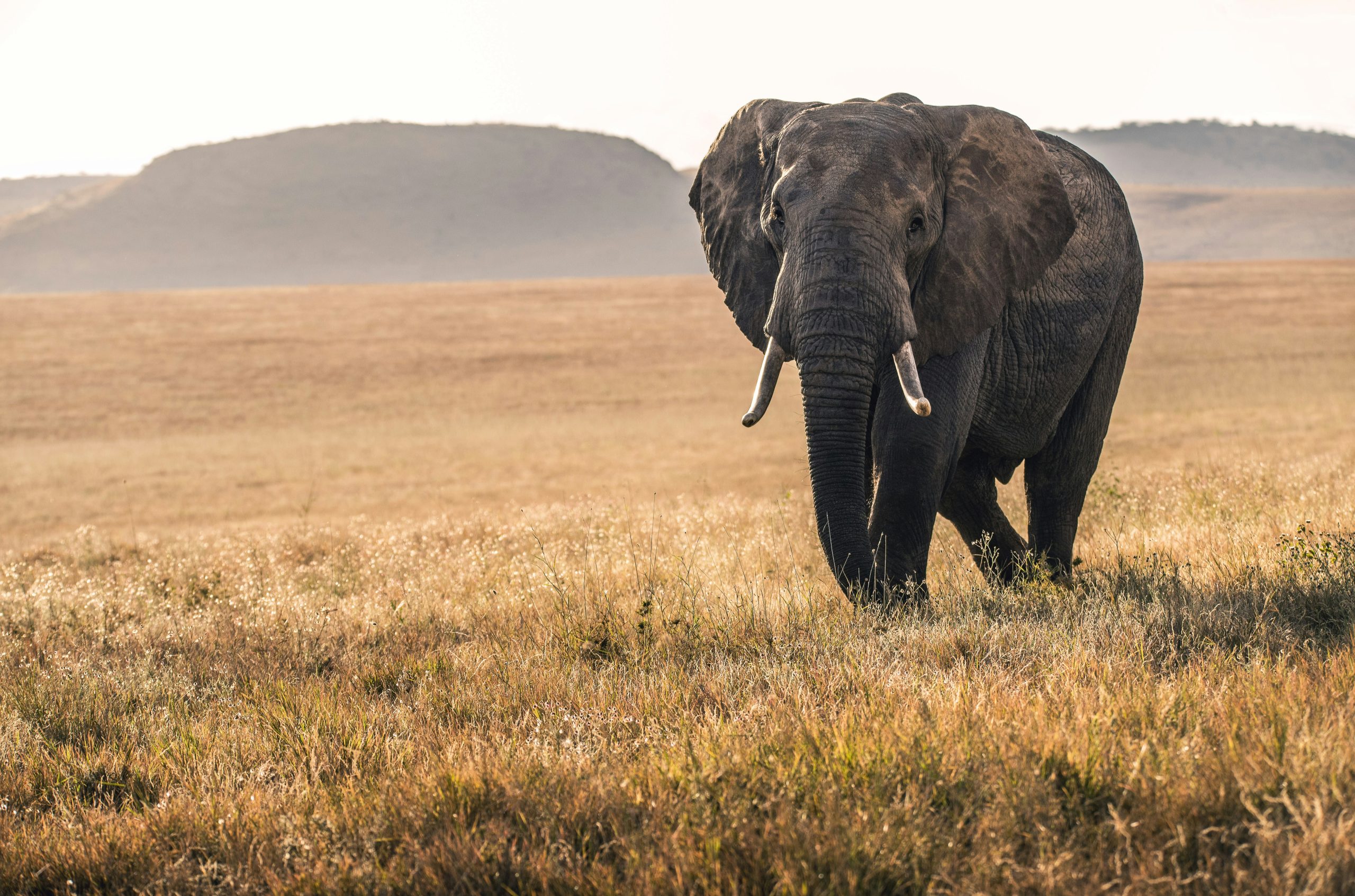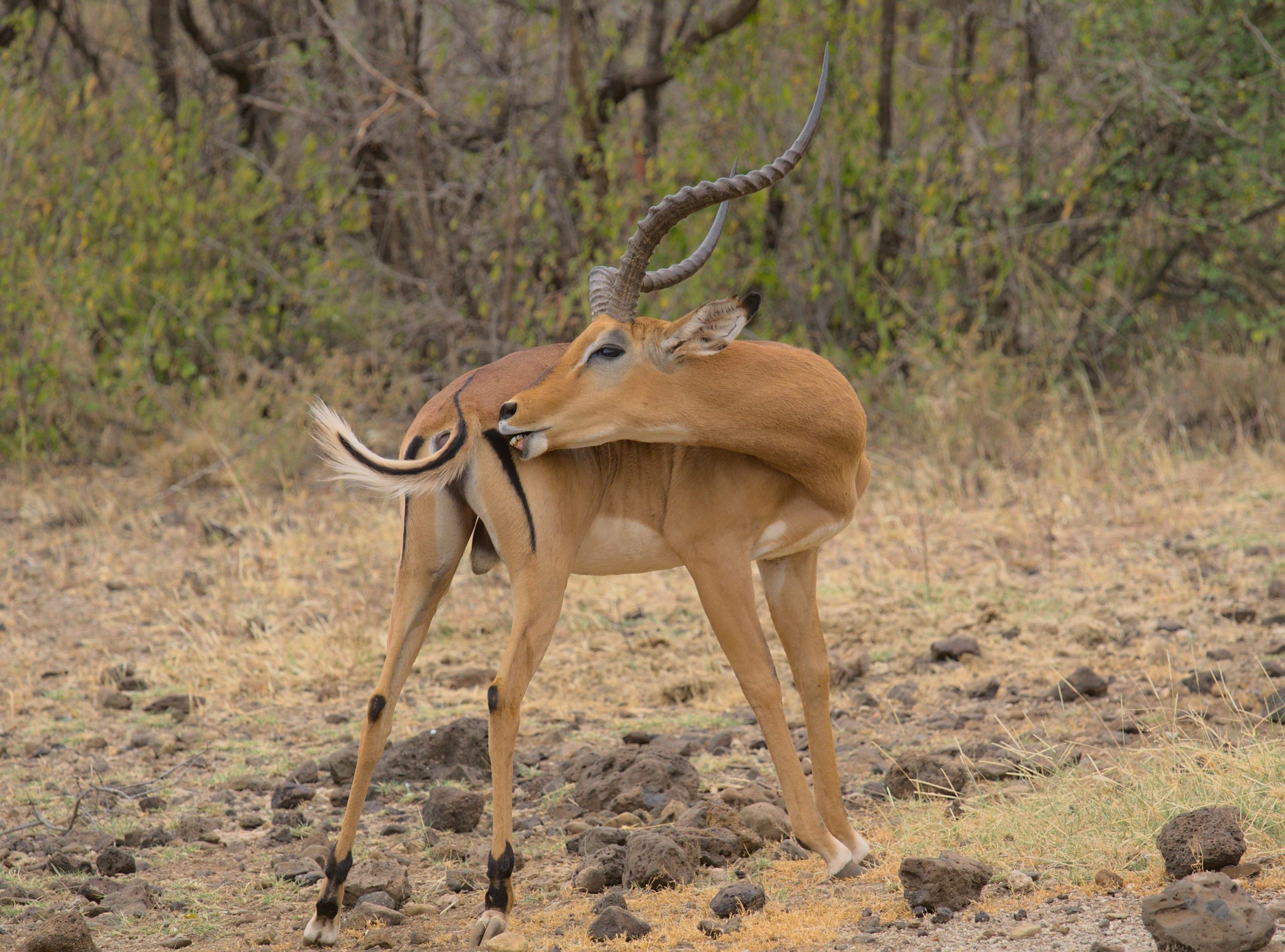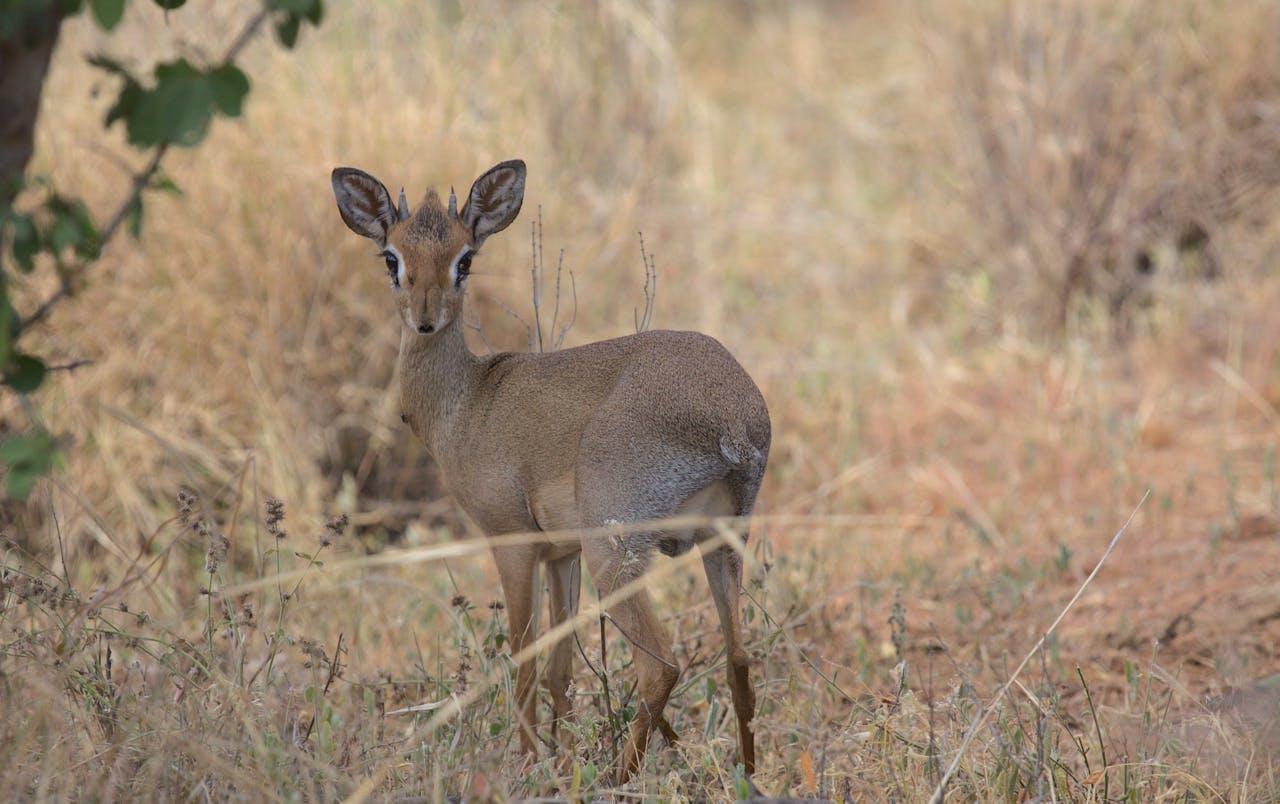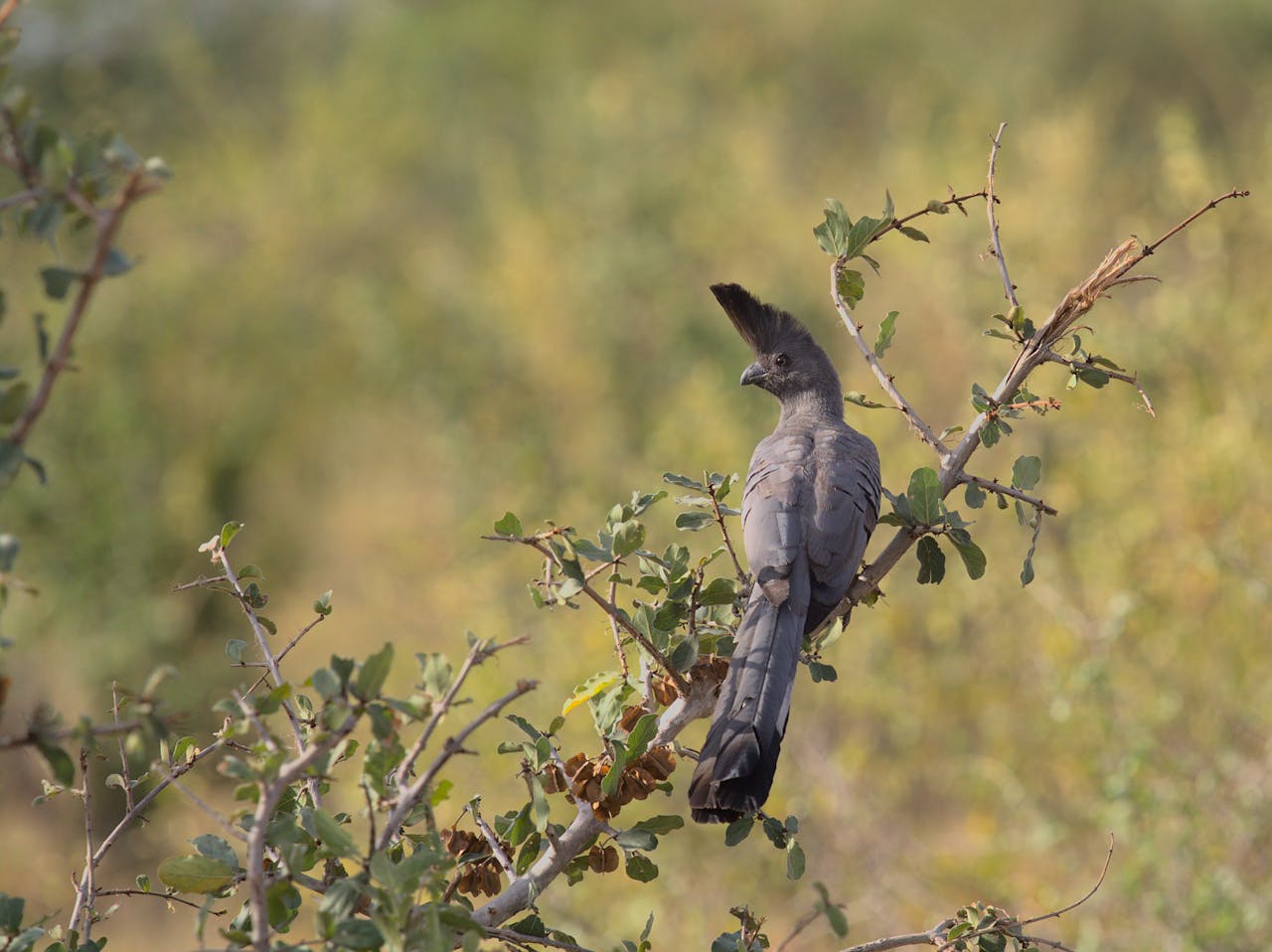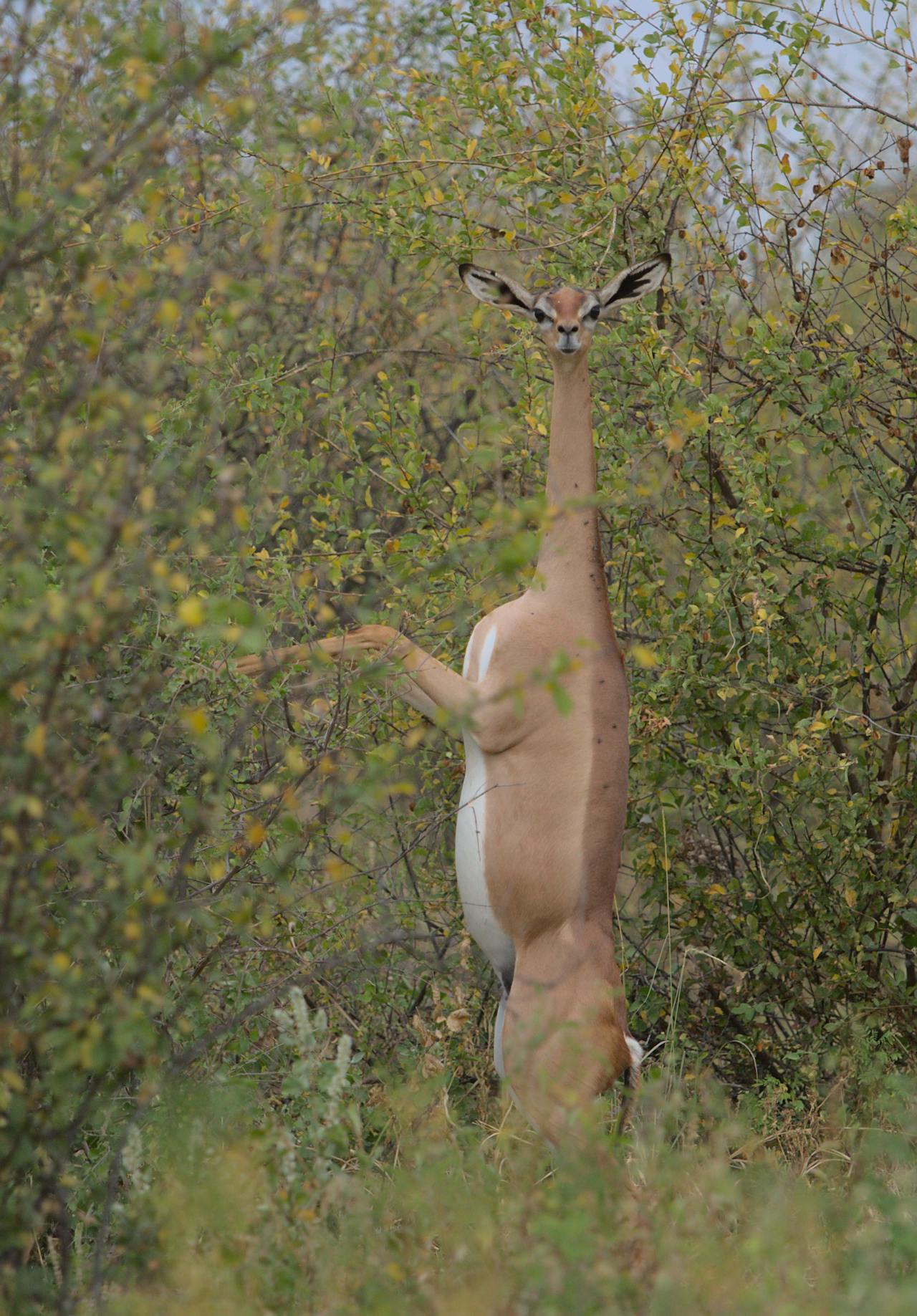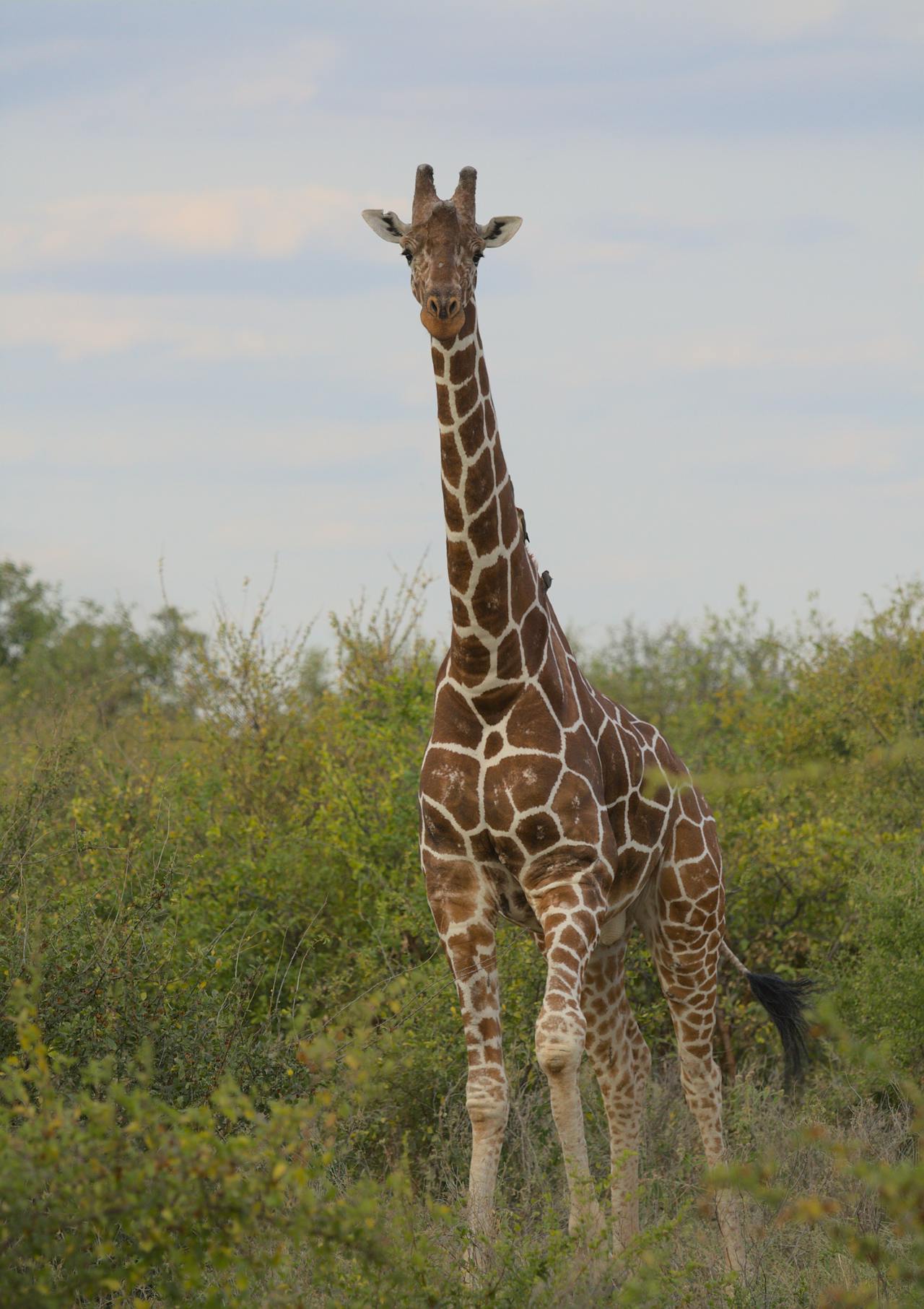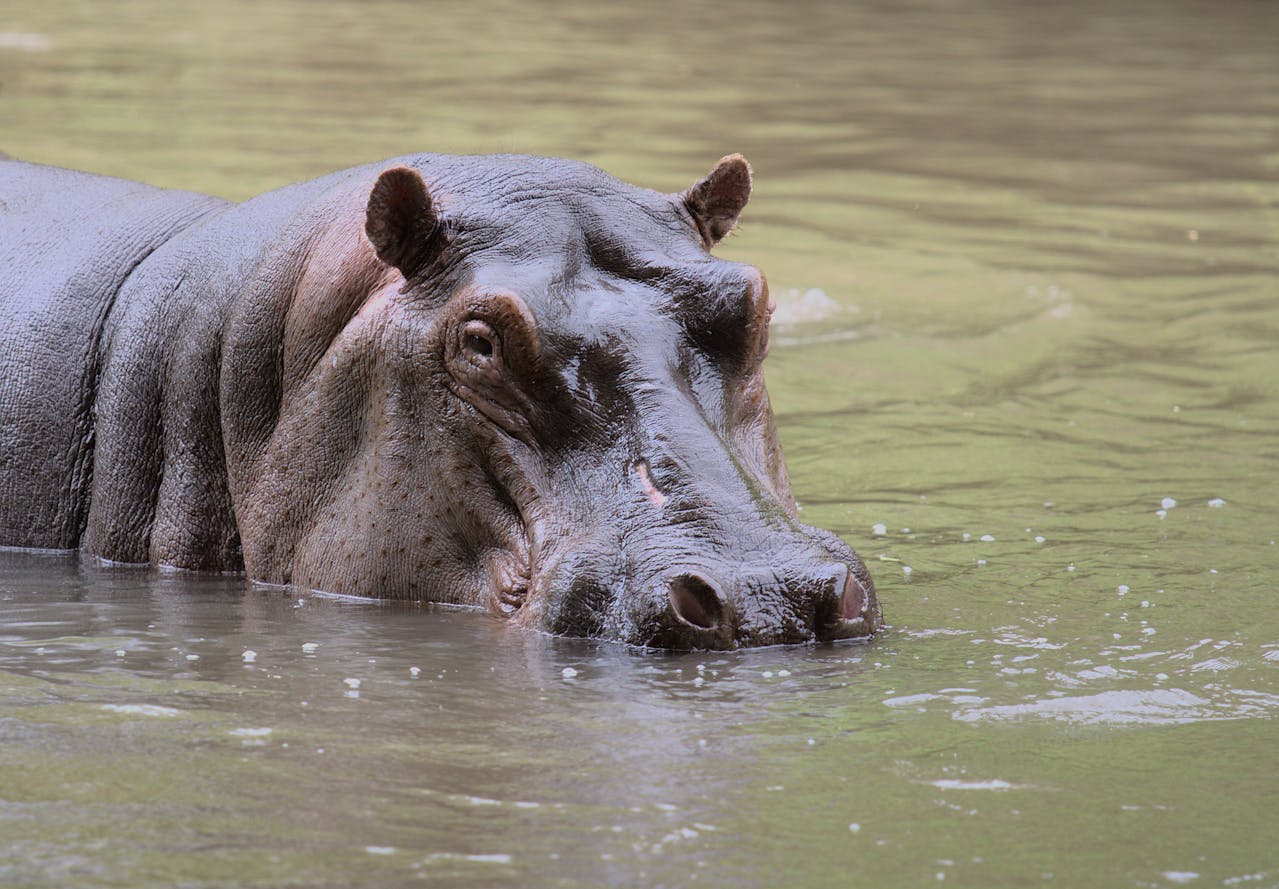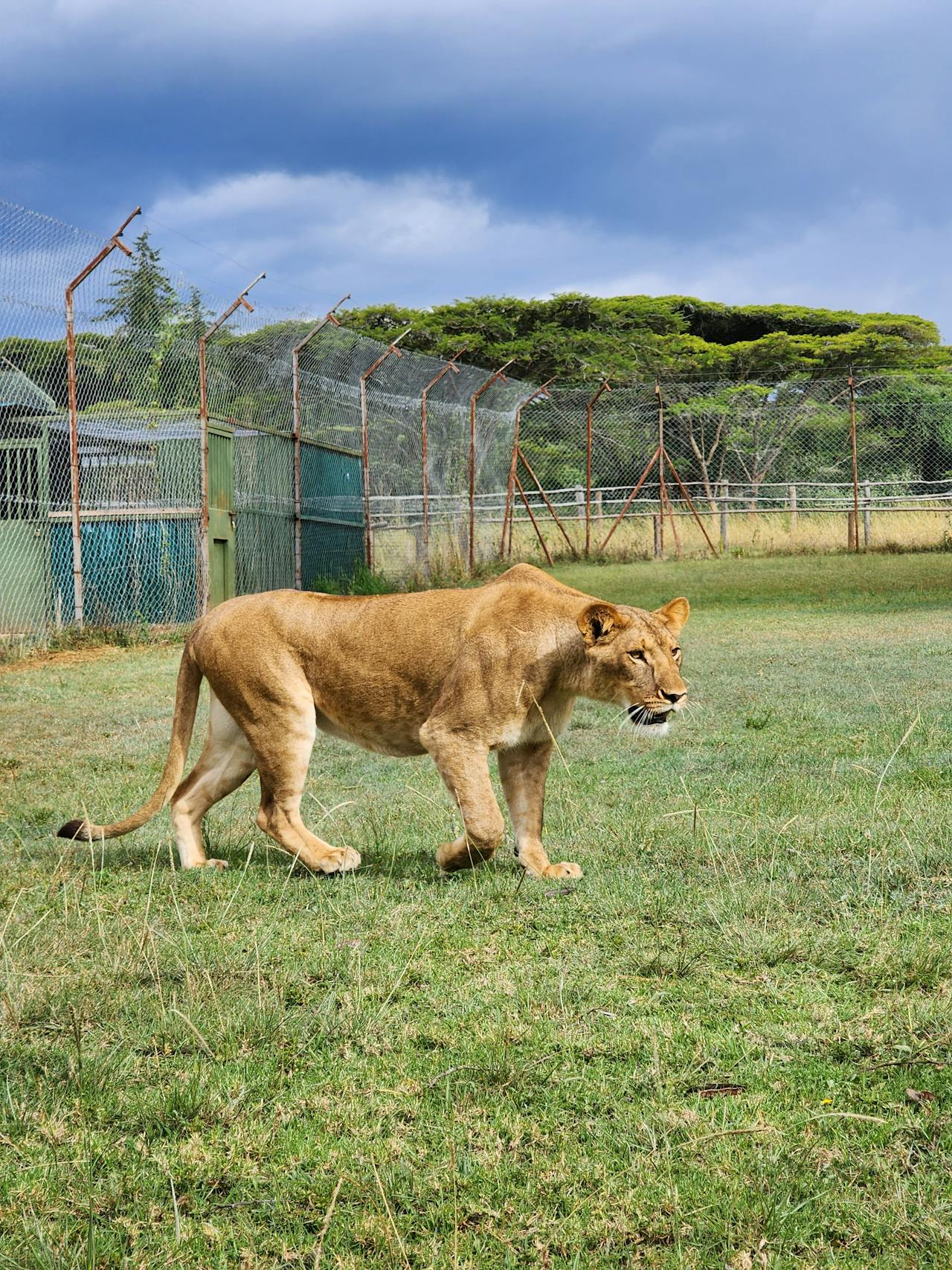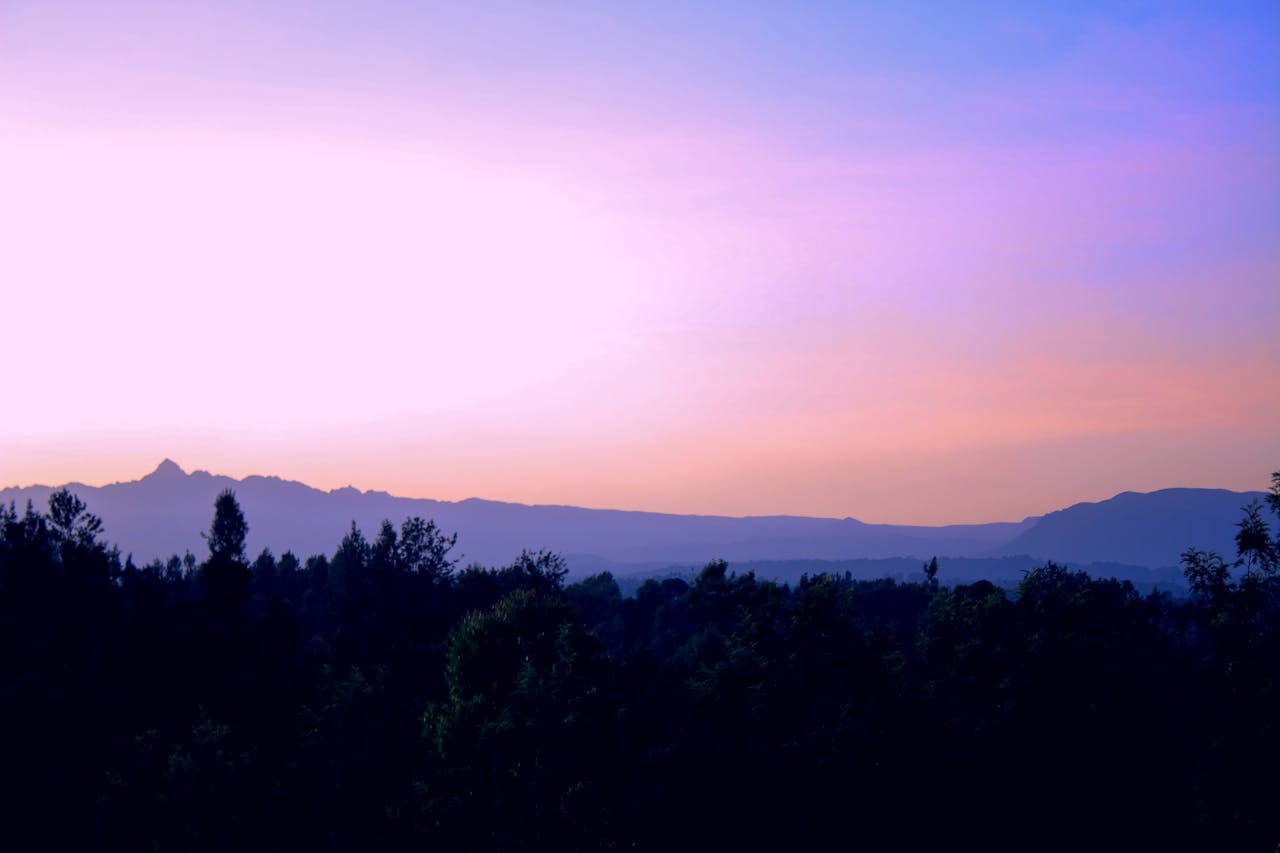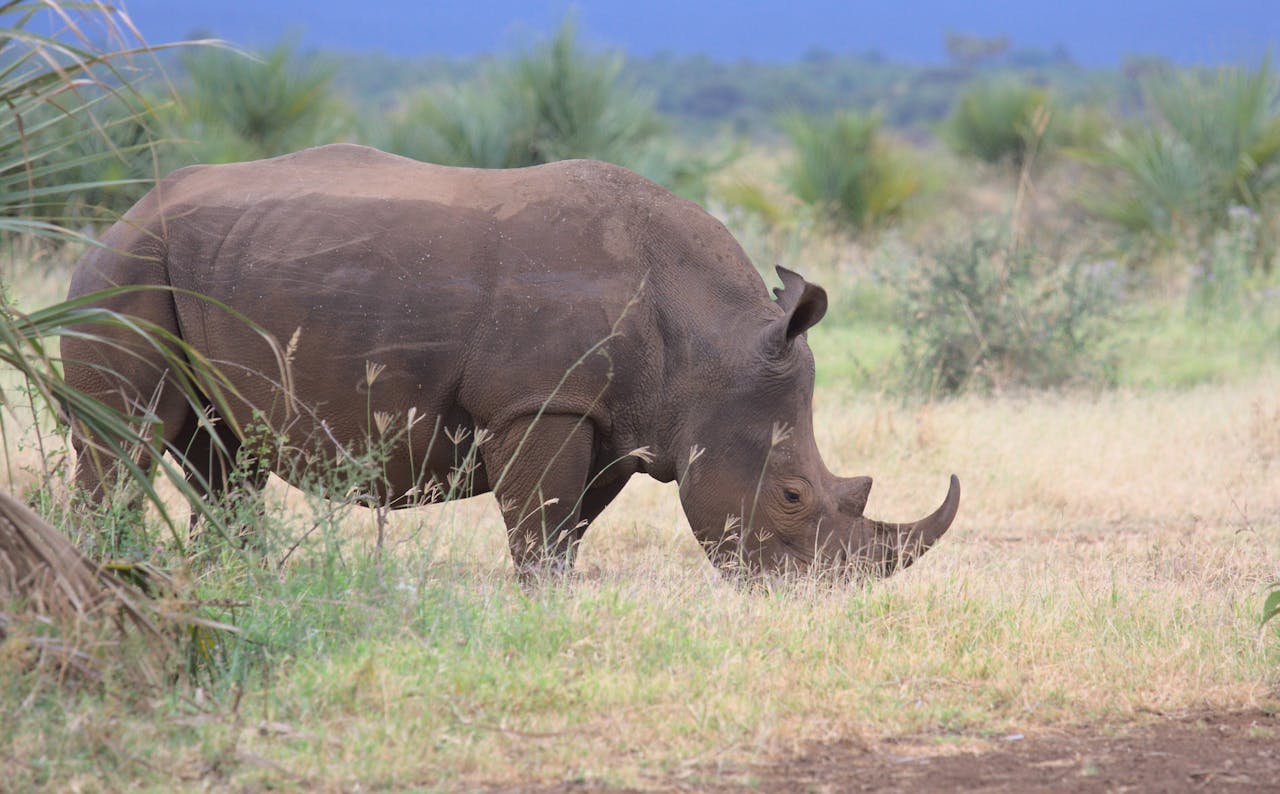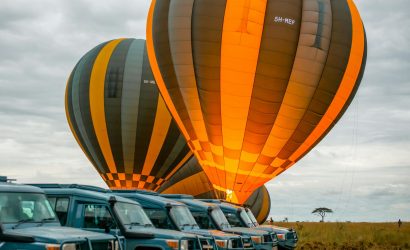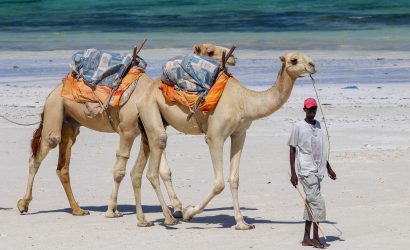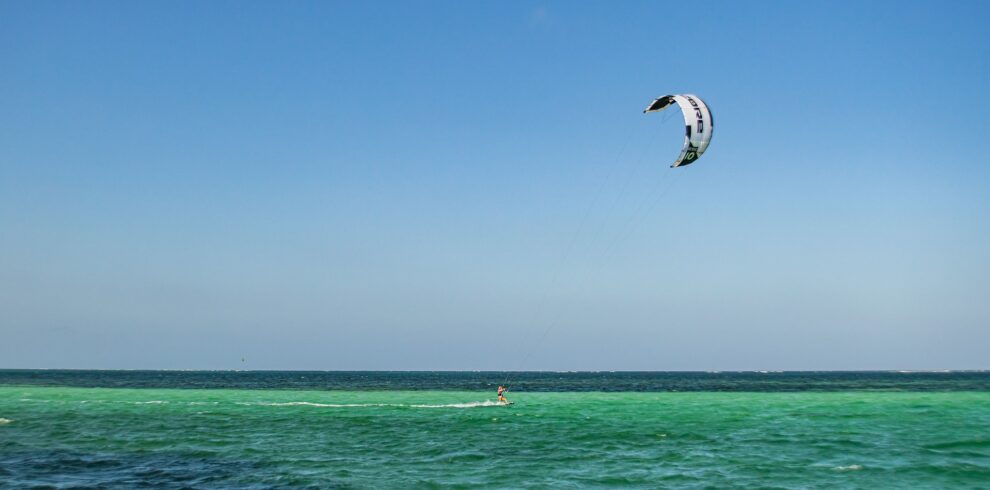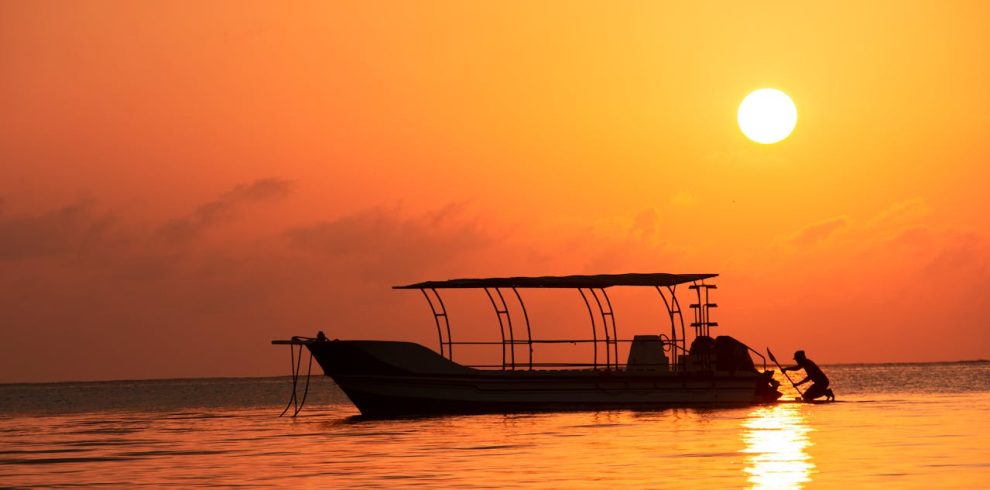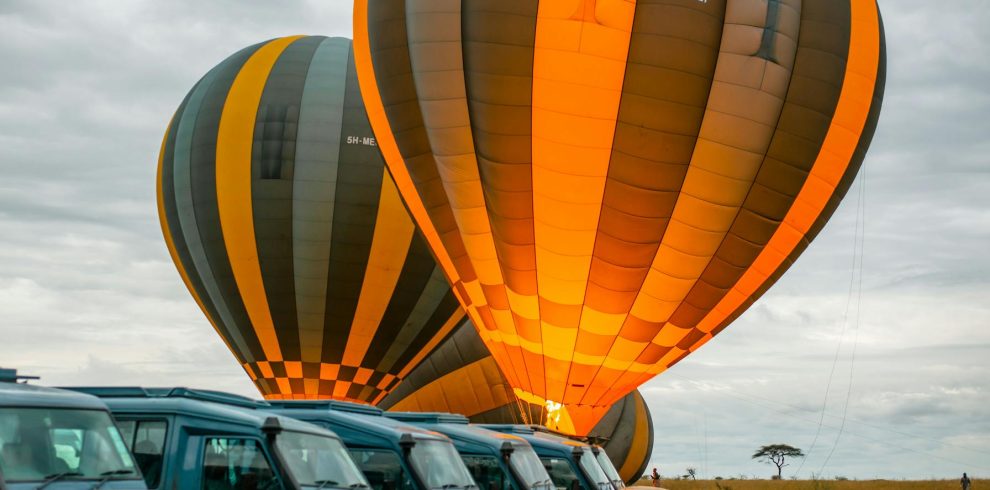Meru County, located in Kenya’s former Eastern Province, is a region that offers it all. It blends cultural encounters with game and bird sightings, magnificent landscapes, and an infrastructure to match; making it a top tourist destination in Kenya.
To top it off, Meru County offers visitors stunning views of Mount Kenya, the second-highest peak in Africa. The mountain’s proximity to Meru County is a plus for tourists. For one, it offers a breathtaking backdrop. Secondly, it also provides a cool atmosphere from the whiffs of mountainous breeze that constantly gust the area. And as the Meru County Government website explains, the area offers a great starting point for summiting Mount Kenya.
Visit Meru County Kenya with Gemini Expeditions
Embark on an unforgettable 3-day adventure to Meru with Gemini Expeditions. Our tailored package includes a safari in Meru National Park, one of Kenya’s hidden gems. The park, which is less frequented by tourists, offers a truly authentic wilderness experience where you can immerse yourself in nature’s untouched beauty.
From wildlife encounters to scenic landscapes and cultural immersions, our tour package is specially tailored to give you the experience of a lifetime. We have partnered with the best hotels in Meru Kenya to ensure your wilderness experience meets a comfortable and luxurious stay. The package includes transfers from Nairobi, with routes through scenic Kenyan towns, providing a cultural glimpse of the region.
Book your Meru County tour today and enjoy a safari off the beaten path.
#TwendeMeruNaGemini
Why Visit Meru County?
The imposing Mount Kenya is the most obvious landmark for any visitor to Meru County. However, this region has much more to offer than the three peaks. It is the epitome of Kenya’s heritage, combining traditional and modern ways of life.
To fully immerse yourself in the culture of the locals, it is highly recommended that you visit the Njuri Ncheke Sacred Tree while there. This is the place where Meru elders often hold meetings and traditional events. Here, you will discover a lot about the customs of the Meru people.
Additionally, Meru County is endowed with plenty of wildlife, some of which can hardly be found anywhere else on the continent. Lewa Wildlife Conservancy is home to many of these animals, including the endangered black rhino, the sitatunga, and the Grevy’s zebra.
Besides rhinos, Lewa is also home to the other members of the big five – lions, leopards, elephants, and buffalos. There are many other animals and bird species found here. It is vast enough (62,000 acres) to accommodate hippos, cheetahs, wildebeests, hyenas, elands, and many more.
Some of these animals are also found outside the conservancy in places such as Ngare Ndare Forest. This vast indigenous forest is an attraction on its own. A guided nature walk in the forest will expose you to different species of plants, birds and animals including the endangered African elephant.
For lovers of the adrenaline rush, there are activities in the forest such as canopy walks (walks on suspended bridges positioned way above the forest floor). The highlight of a visit to this forest is always the breathtaking Ngare Ndare waterfall. The cascading water makes for good photography. The clarity of the water is perfect for a dip on a hot afternoon, and the general aura is apt for leisure and relaxation.
Another popular area for game lovers is Meru National Park, an 870 km2 haven for many animals including the African big five. There are also several rivers in the park which are home to hippos and crocodiles. Besides rainfall, these rivers act as supplementary sources of water for the diverse species of flora and fauna here.
Trip Highlights
- Duration: Three days and two nights in Meru County Kenya
- Accommodation: Stay at luxurious lodges like the Rhino River Camp
- Game Drives: Explore Meru National Park in 4x4 vehicles
- Bird Watching: Spot over 450 species of birds in Meru's avian spectacle
- Nature Walks: Take guided walks for a closer look at the flora and fauna
- Cultural Heritage: Learn about the Njuri Ncheke and the Ameru culture

